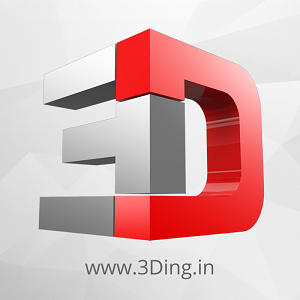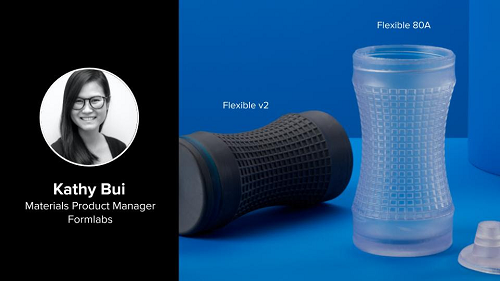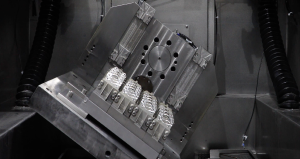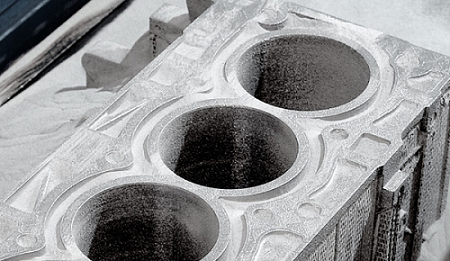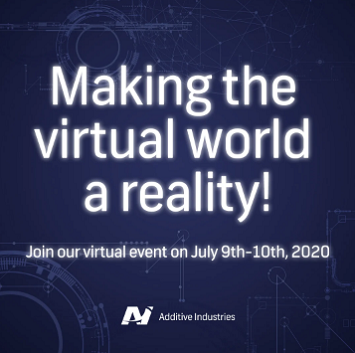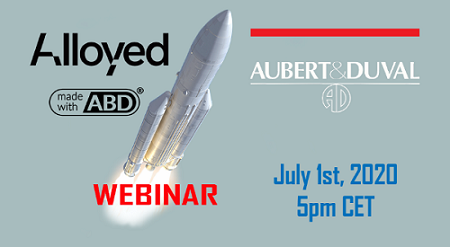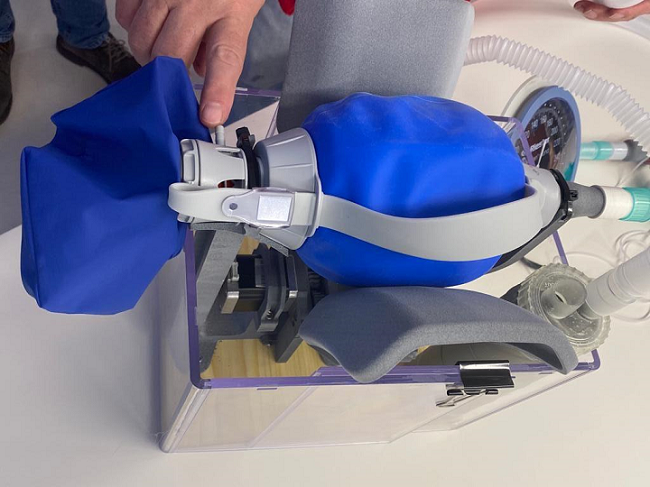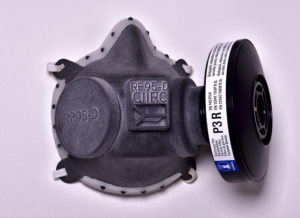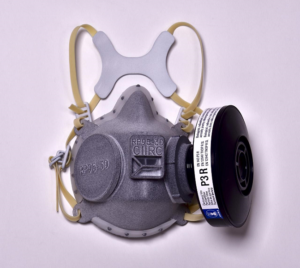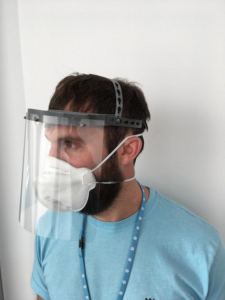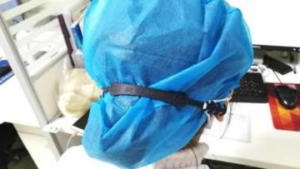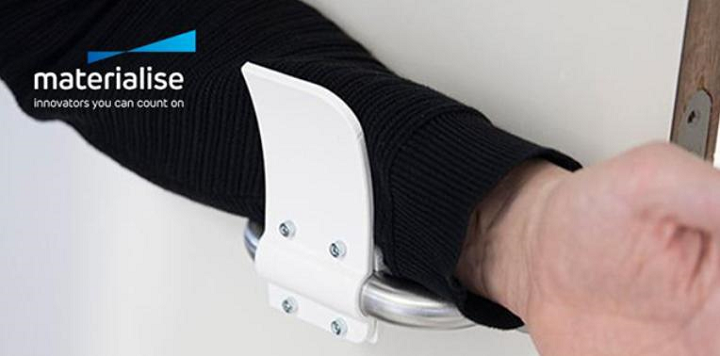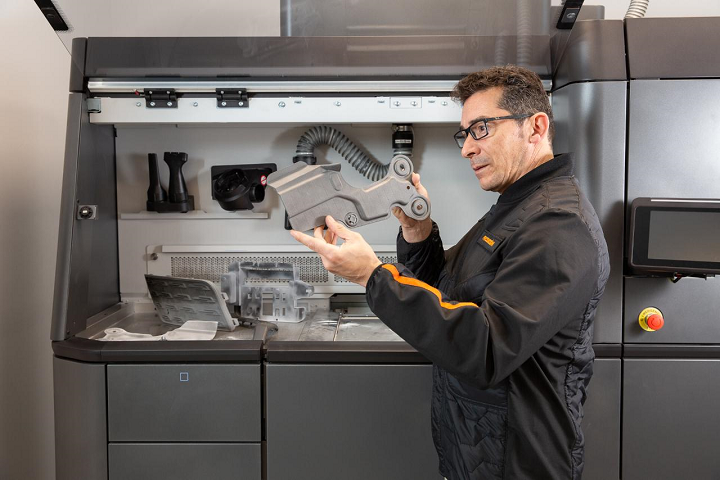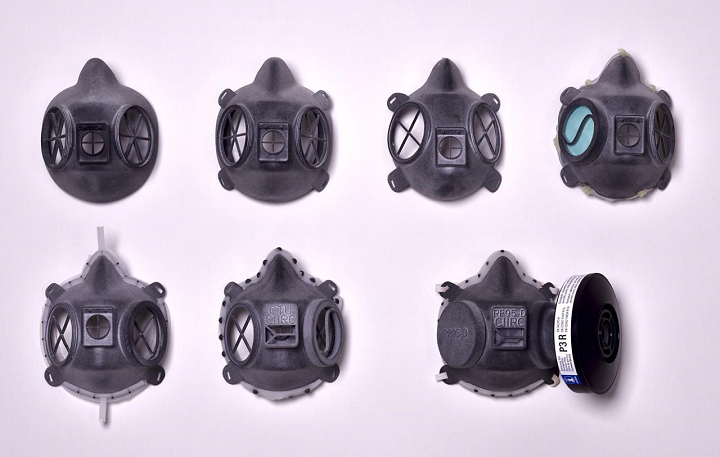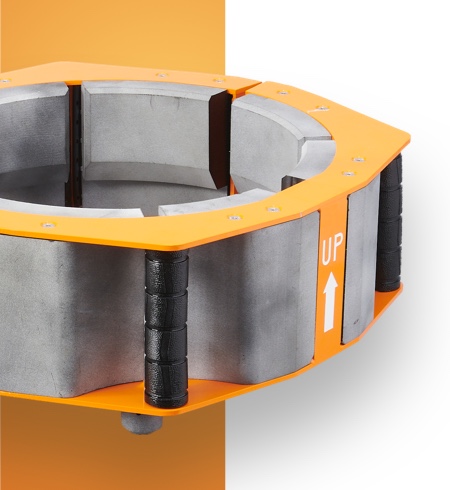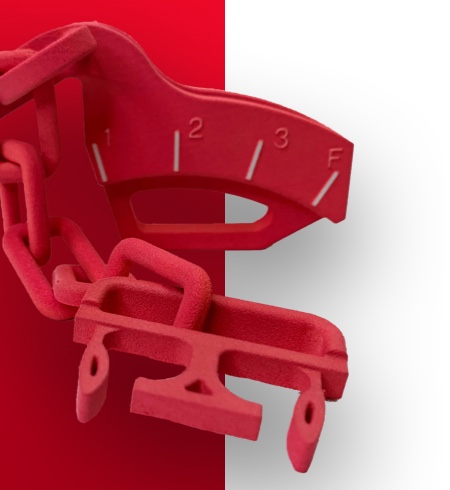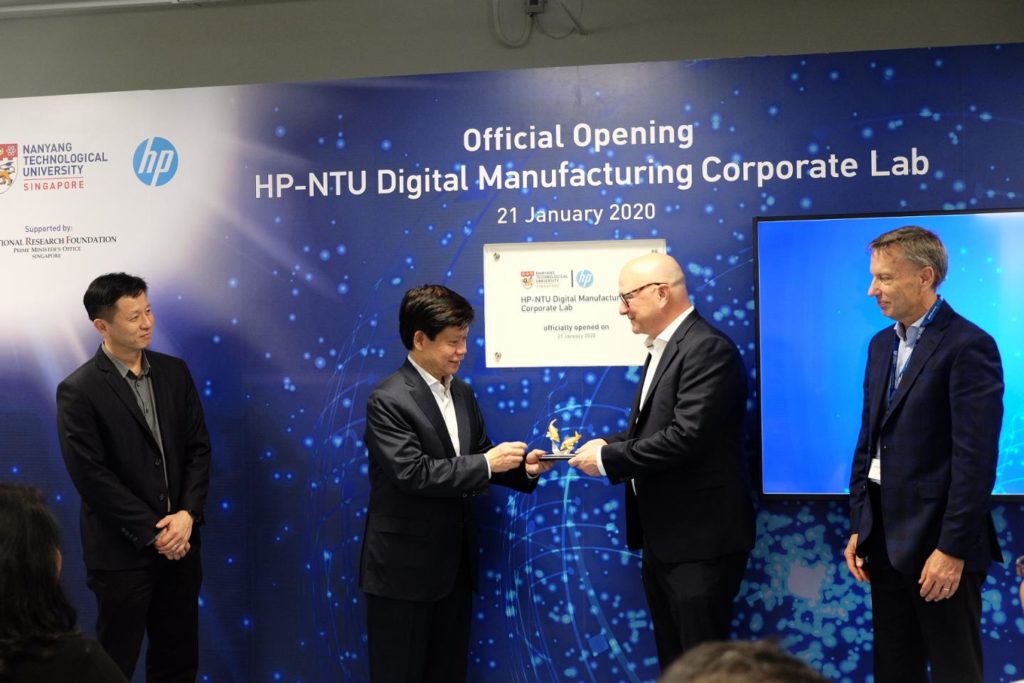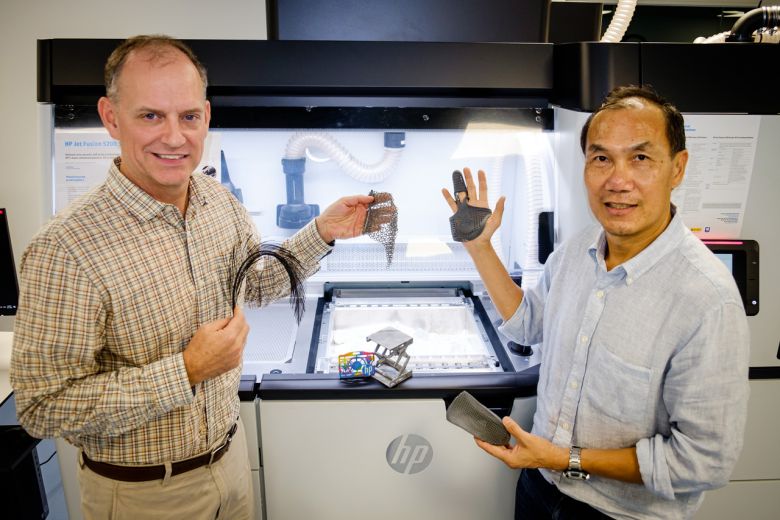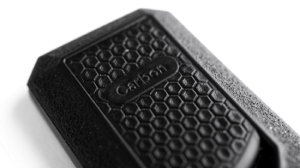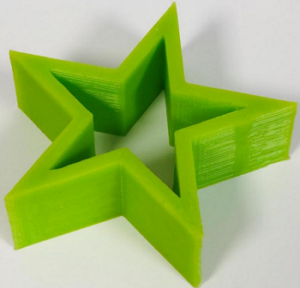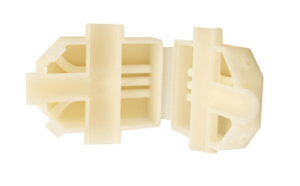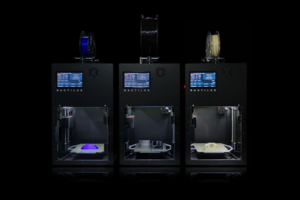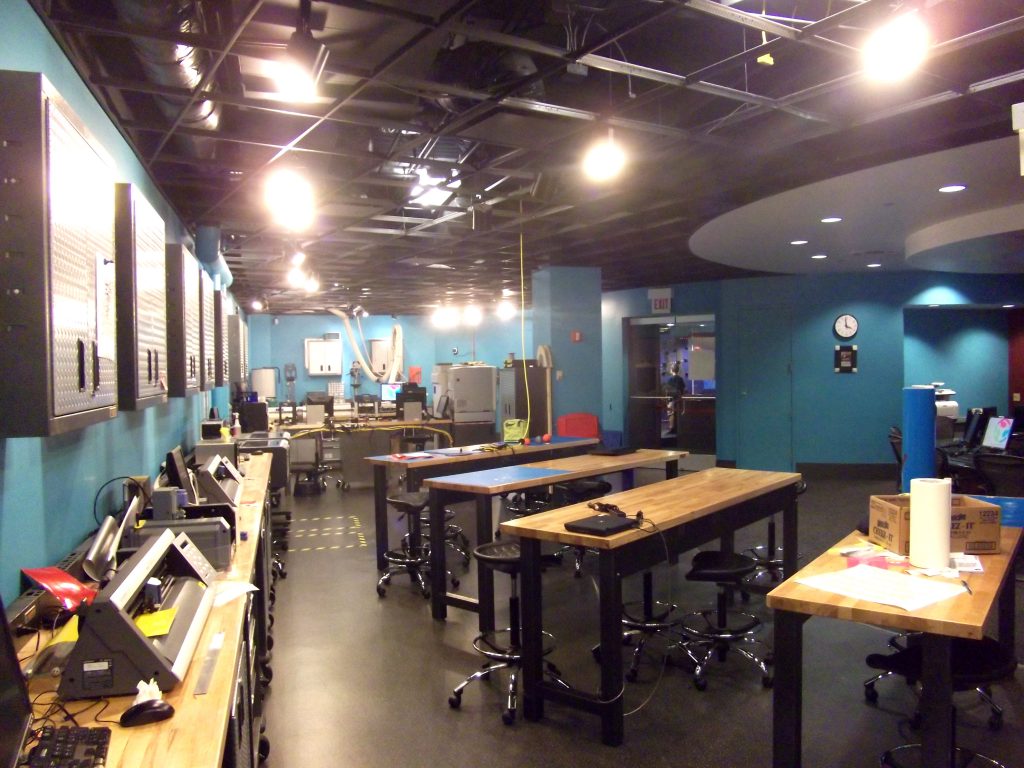We’ve got plenty of 3D printing webinars and virtual events to tell you about for this coming week, starting with nScrypt’s webinar today. 3Ding and Formlabs will each hold a webinar tomorrow, July 8th, and 3D Systems is hosting a virtual event on the 8th. There are two more webinars on July 9th, by KEX Knowledge Exchange and ASME, and Additive Industries is holding a virtual event that day. Finally, a 3D Health Hackathon will take place starting July 10th.
nScrypt’s Cutting Edge of Digital Manufacturing Webinar
On June 30th, nScrypt held the first of a two-part Cutting Edge Digital Manufacturing webinar series, and is holding the second part today, July 7th, at 1 pm ET. In part two of “Pushing the Envelope of Digital Manufacturing,” the speakers will be Eric D. Wachsman, PhD, from the University of Maryland; Eduardo Rojas, PhD, with Embry-Riddle Aeronautical University; Hjalti Sigmarsson, PhD, from Oklahoma University; and Craig Armiento, PhD, with the University of Massachusetts Lowell.
Topics of discussion in this webinar include the use of metamaterials, building radio frequency devices, systems, and the first 3D/volumetric electrical circuits and antennas, and the state of the art of 3D manufacturing. Register here.
3DIng “Let’s Talk 3D Printing” Webinar
Indian 3D printer manufacturer 3Ding recently began holding a weekly webinar about 3D printing-related topics, such as SketchUp training, different types of 3D printing, OpenSCAD, slicing, applications in rapid prototyping, and how to choose a 3D printer. Tomorrow, July 8th, the topic of the weekly webinar will be “Live Demo of FabX, Hydra Series 3D Printers & AMA.”
Surendranath Reddy, the founder, CEO, and CTO of 3Ding, is leading the remote webinar session, which will take place at 6:30 am ET and last about 45 minutes. You can join the session here.
Webinar on Formlabs’ New Materials
Formlabs recently launched two new materials, Flexible 80A and Elastic 50A resins, which allows customers to make soft, flexible parts with ease. In a webinar on July 8th at 2:00 pm ET, attendees will get to learn all about these resins with the company’s Materials Product Manager Kathy But and webinar specialist Faris Sheikh. Topics will include when to use these materials, optimal applications, 3D printing material properties like spring back, tensile strength, and shore durometer, and the Ross Flex Test.
“To make soft and flexible parts with traditional methods, such as RTV moldmaking, can be a lengthy process. If you’ve also tried directly 3D printing flexible parts, you probably know there’s not many high performing materials available. That is now changing.
“With the launch of our Flexible 80A and Elastic 50A Resins, you’ll be able to easily fabricate flexible parts that are both soft and hard.”
Register here.
3D Systems’s Virtual Tradeshow
3D Systems is holding a virtual event on July 8th in order to teach attendees how to transform their manufacturing workflows. There will be a keynote address, networking opportunities, multiple live webinars, and even a virtual exhibition hall. The company will provide examples of digital manufacturing solution workflows with plastic and metal additive manufacturing, subtractive manufacturing, and on-demand services.
“Businesses are focused on lowering risk, resolving supply chain dependencies, streamlining supplier distribution and avoiding interruptions to supply access.
“Join 3D Systems at this exclusive virtual event to find out how Digital Manufacturing Solutions designed for today’s production needs, enable you to integrate additive and subtractive technologies into your manufacturing environment and workflow — providing increased agility, quicker lead times, improved productivity, and allowing you to offer new innovations to your customers.”
All presentations will be in English, and available on-demand for 30 days. Register here.
KEX Knowledge Exchange on Powder Bed Fusion
KEX Knowledge Exchange AG, a former spinoff of Fraunhofer IPT, offers technology consulting. As a service to its industrial and research partners, the company also has a web platform that offers over 7,000 profiles of AM technologies and materials, in addition to industry news, and has now launched a section devoted to webinars, with topics including post-processing and powder bed fusion (PBF) 3D printing.
“Together with one of our appreciated network partners, the ACAM Aachen Center for Additive Manufacturing, we now launched a webinar section,” Jun Kim Doering, a technical writer with KEX, told 3DPrint.com. “Due to the COVID19 situation, ACAM has shifted their focus to an online offering, including webinars on different aspects of the AM technologies and applications.”
The first, “Webinar Powder Bed Fusion (PBF) – Advanced insights into Process, Parameters & Hardware,” will take place this Thursday, July 9th, and Erik Feldbaum, ACAM Aachen Center for Additive Manufacturing, will speak. It’s free for ACAM members, and will cost €175 for non-members.
ASME on 3D Printing in Hospitals
AM Medical, powered by ASME International, will be holding a free, live webinar this Thursday, July 9th, on “Building the Business Case for 3D Printing in Hospitals.” Point-of-care manufacturing leaders will discuss necessary skills, where to find the proper resources, how to address reimbursement, and other important questions during the hourlong session, from 4-5 pm ET. Speakers are Andy Christensen, the President of Somaden; Jonathan Morris, MD, Neuroradiologist and Director of the Mayo Clinic’s 3D Printing Anatomic Modeling Lab; Beth Ripley, MD, Assistant Professor of Radiology with VA Puget Sound; Justin Ryan, Research Scientist at Rady Children’s Hospital-San Diego; and Formlabs’ Director of Healthcare Gaurav Manchanda.
“The ability to manufacture from the patient’s data (medical imaging or surface scan) has been compelling to a community always looking for ways to innovate. With improving patient care as the primary goal, 3D printing has directly impacted more than 1 million patients. More than 25 years ago, anatomical models began to be used for planning of complex surgical procedures. Today, hospitals are using the technology for surgical guides and more. With increasing numbers of hospitals looking to bring 3D printing into their facility, how are they building the business case?”
Register here.
Additive Industries Hosting Digital Event
On July 9th and 10th, Additive Industries is getting the trade show season running again with what it calls “a corona-proof way to get out of the starting blocks.” At its two-day virtual event, attendees can visit the company’s digital booth, view presentations, and talk to the experts to learn more about the MetalFAB1 3D printer and how the company can help turn your ideas into reality…all without traveling or waiting in line.
“While the virtual domain has limitless possibilities, we still live in the physical world. With our exclusive industry additive manufacturing event – we are making the virtual world a reality.”
Register for the virtual event here.
3D Health Hackathon
The Jersey City Rapid Maker Response Group (JCRMRG), a volunteer collective in New Jersey, is hosting a virtual Community Health Hackathon this week in order to foster community entrepreneurship and take on sustainability, supply chain, and manufacturing challenges that are related to healthcare and PPE (personal protective equipment) during COVID-19. There are three categories: sustainable PPE, modular solution labs, and day-to-day PPE, and the deadline to register is this Friday, July 10, at 12 pm ET. Panelists will meet the nine judges during a Zoom call that night to present their ideas, and then the next two days will be spent hacking. The final submission deadline is July 13th at 9 am, and winners will be announced on July 16th.
“Throughout the COVID-19 health crisis healthcare workers faced critical shortages in PPE created by supply chain disruptions and shortages. Jersey City Rapid Maker Response Group, as well as other groups like them around the country, proved that by quickly deploying 3D-printing capabilities and then extending those capabilities through rapid manufacturing – they were able to scale from producing 1,000 face shields a week to 10,000 face shields a day, both at a fraction of traditional pricing.
“We have reached out to leaders in the tech, manufacturing and 3D-printing communities to form a community-led virtual make-athon. Our collective goal is to continue to bring bright minds together to develop 3D-printing, manufacturing and community-based engineering solutions to address the ongoing needs surrounding supply chain disruptions in emergent and healthcare settings.”
The current prize pool is valued at over $7,500, so what are you waiting for? Register for the hackathon here.
Will you attend any of these events and webinars, or have news to share about future ones? Let us know! Discuss this and other 3D printing topics at 3DPrintBoard.com or share your thoughts in the comments below.
The post 3D Printing Webinar and Virtual Event Roundup, July 7, 2020 appeared first on 3DPrint.com | The Voice of 3D Printing / Additive Manufacturing.


